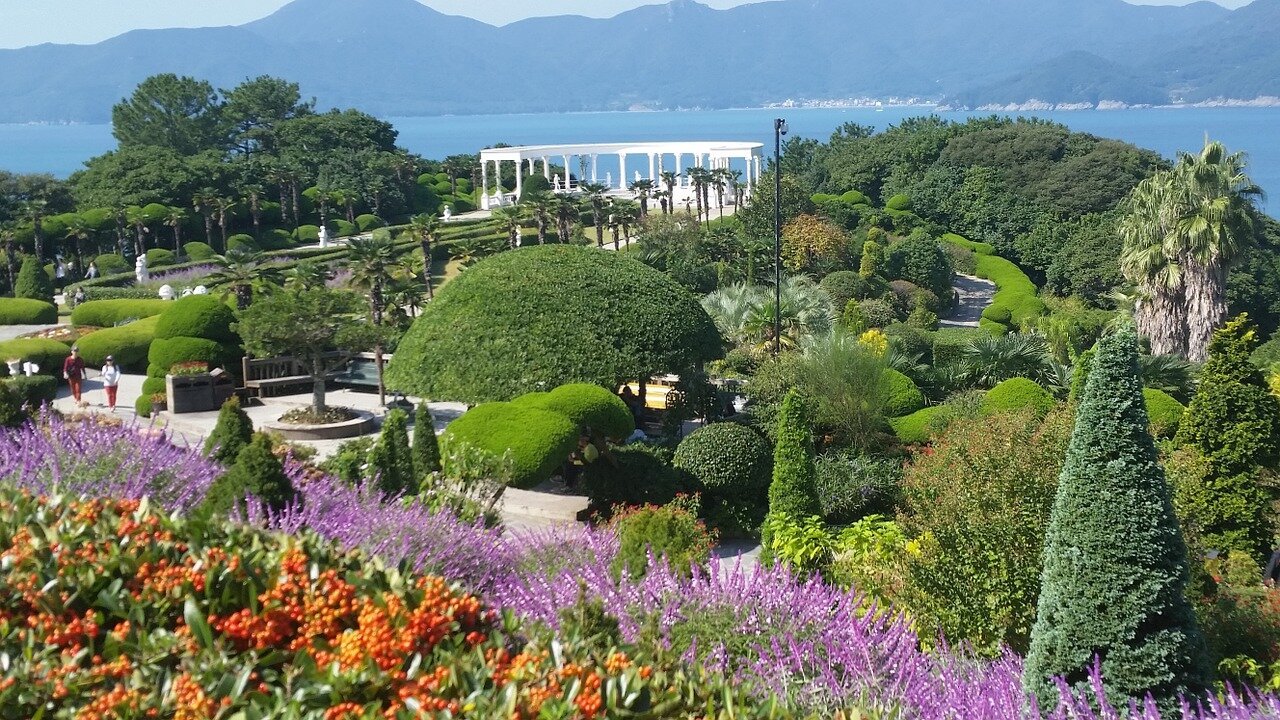Exploring the World of Oedo Botania: A Blooming Fusion of Tradition and Fantasy
Oedo Botania is more than just a garden; it’s a mesmerizing blend of nature, culture, and imagination set in a fantastical version of historical Japan. Rooted in the Edo period’s rich aesthetics yet infused with whimsical botanical wonders, Oedo Botania captures the curiosity of gardeners, historians, and fantasy enthusiasts alike. This topic draws attention to the intriguing intersection of traditional horticulture with imaginative storytelling, exploring how flora can become a vessel for cultural expression and creative landscapes. From its unique plant species to its cultural symbolism and artistic integration, Oedo Botania invites us to rethink how gardens transcend mere decoration and evolve into living narratives that connect people with history, fantasy, and the environment.
The Historical Essence of the Edo Period and Its Botanical Influence
To appreciate Oedo Botania fully, one must first understand the Edo period (1603-1868) in Japan, a time marked by peace, cultural flourishing, and strict social order. Gardening was a significant aspect of this era; meticulous design principles emphasized harmony, balance, and symbolism. Plants were carefully selected not just for beauty, but for their spiritual and poetic meanings. Bonsai, ikebana, and tea gardens incorporated native species and crafted landscapes to reflect philosophical concepts such as impermanence and enlightenment.
In Oedo Botania, these traditions form the foundation. Yet instead of being confined strictly to realistic portrayals, the gardens extend to imaginative variants of plants, lending the setting an otherworldly yet culturally profound atmosphere. Understanding this past illuminates how historic gardening philosophies can expand into fantasy realms without losing their essence.
Flora of Fantasy: Unique and Imaginary Plant Species
What sets Oedo Botania apart is its extraordinary flora—plants that seem born from dreams yet inspired by real-life botanical characteristics. These fictional species often combine elements from known plants with magical traits, such as flowers that glow softly at night or vines that move gently as if breathing. This creative blending invites reflection on the relationship between nature and imagination.
For instance, the Yoru-Hana is a nocturnal blossom that symbolizes both mystery and tranquility, glowing with an ethereal light and believed to calm restless spirits. Another example is the Kaze-Tsubaki, a wind-sensitive shrub whose leaves ripple with passing breezes, embodying fluidity and transience. These plants become almost characters themselves, interacting with visitors and contributing to the garden’s narrative ambiance.
Cultural Symbolism and Storytelling Through Botanical Elements
Oedo Botania leverages the profound symbolic language found in traditional Japanese horticulture and elevates it with layered storytelling. Each plant or garden feature is imbued with meaning that can reflect virtues like resilience, peace, or transformation. By bringing in elements of fantasy, these symbols gain new dimensions, allowing for stories that resonate on multiple levels.
For example, a single garden path might guide visitors through themes of growth, renewal, and discovery, marked by plants that echo those ideas through their shapes, colors, and mythical qualities. This narrative aspect turns a stroll through an Oedo Botanica garden into a deeper experience—one that connects the spiritual with the imagined, encouraging visitors to engage intellectually and emotionally.
The Role of Oedo Botania in Modern Gardens and Media
Today, Oedo Botania inspires modern garden designs, artistic installations, and popular media such as video games and anime, where fantasy gardens echo the aesthetic and thematic ideas rooted in this concept. Designers use Oedo Botania as a springboard for creating spaces that blend cultural reverence with fantasy, creating immersive environments that appeal to both traditionalists and contemporary audiences.
Furthermore, the concept aids in environmental education by framing nature conservation through enchanting narratives, encouraging respect for flora by engaging imaginations. This approach demonstrates the adaptability of historical and cultural motifs in contemporary contexts, fostering ecological awareness alongside cultural appreciation.
The Future Blossoms: Sustainability and Innovation in Botanical Imagination
Looking ahead, Oedo Botania serves as a fertile ground for exploring how sustainability and botanical innovation can coexist with artistic and cultural expression. The fusion of real and fantastical plants allows botanists, gardeners, and artists to experiment with ecological solutions, such as drought-resistant species inspired by fictional counterparts or garden designs that promote biodiversity through immersive story-driven layouts.
This future-oriented perspective emphasizes that gardening is not only a homage to the past but also a platform for innovation. Oedo Botania’s blending of history, fantasy, and ecology invites new ways to nurture environments that are resilient, culturally meaningful, and imaginative—making it a potent symbol for how human creativity can harmonize with nature for generations to come.
In summary, Oedo Botania is a captivating fusion of historical garden traditions and fantastical imagination that opens new horizons for understanding and appreciating botanical art. By drawing on the Edo period’s cultural heritage and enhancing it with mythical flora and storytelling, this concept enriches both garden design and cultural expression. Its influence stretches across art, media, and environmental thinking, illustrating how gardens can become living narratives that unite tradition, fantasy, and sustainability. Ultimately, Oedo Botania encourages us to nurture our natural and cultural worlds with creativity and reverence, shaping not only spaces but also the stories we live by.
